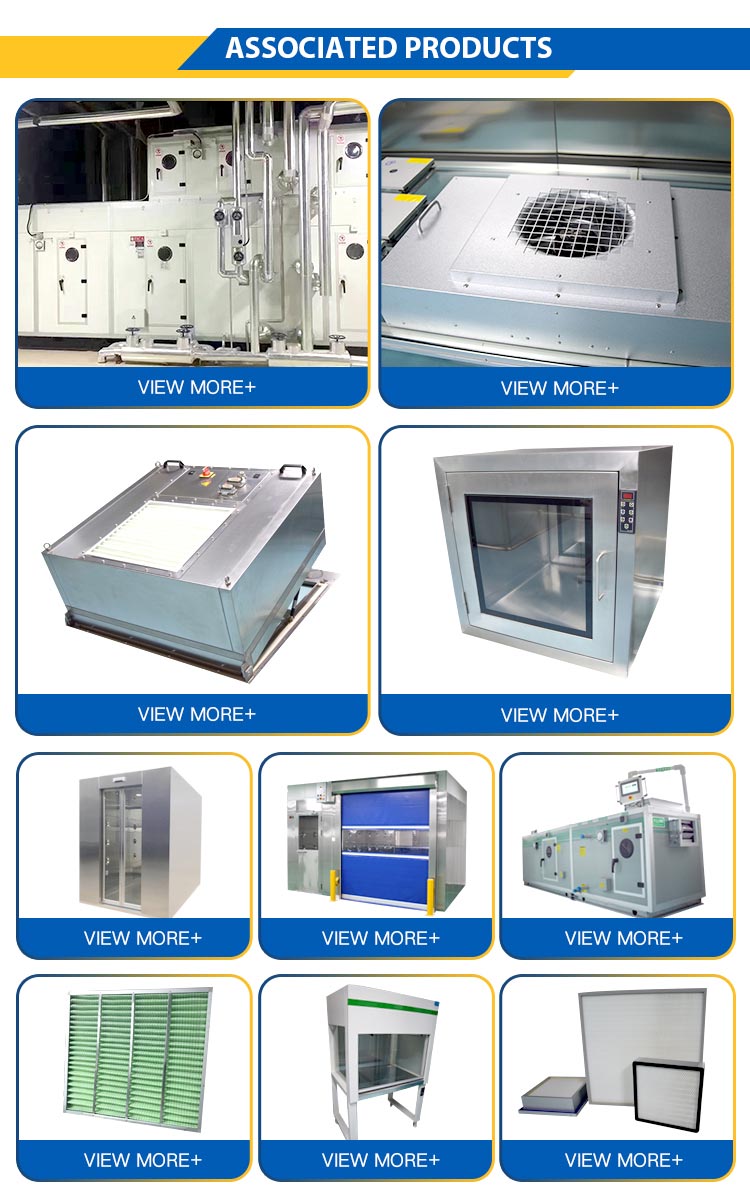There are plenty of energy savings in clean rooms, such as heating, ventilation and air conditioning (HVAC), process cooling, compressed air, and other facilities. The following new and existing factory clean room energy-saving low section wind speed design and you do further discussion.

Cross-section wind speed is the speed at which air in an air handling unit passes through a filter or heating/cooling coil. Low cross section wind velocity (LFV) designs use larger air processors and smaller fans to reduce air flow rates and reduce energy consumption and equipment life costs.
Most engineers design the air processor as a "rule of thumb" of 500 inches per minute. Such a design saves time, but increases operating costs. In low cross section wind velocity (LFV) designs, larger air processors and smaller fans are used to reduce the flow rate of air, reducing energy consumption and equipment lifetime costs.
The pressure drop determines the energy loss of the fan. From the "square rule" we know that the pressure drop is proportional to the square of the velocity drop. If the cross-section wind speed is reduced by 20%, then the pressure drop will be reduced by 36%; If the cross-section wind speed is reduced by 50%, the depressurization will be reduced by three-quarters. According to the "cubic rule", the change of fan energy consumption is proportional to the cube of the change of flow. If the air flow rate is reduced by 50%, the fan energy consumption will decrease by 88%.
As a result, a larger air processor, larger filter and coil area consumes less fan energy and allows for the use of smaller fans and motors. The small fan adds less heat to the air, reducing the difficulty of cooling. Smaller coils are easier to clean and more efficient, so the temperature of the chilled water can be higher. The filter has better working effect and longer life under the condition of low cross section wind speed.
The LFV design reduces the pressure drop of air and water, reducing the amount of water carried by the cooling coils. Streamlined design with few sharp corners reduces pressure drop by 10% to 15%.
The LFV design also reduces the pressure drop by a quarter. The goal is to reduce energy consumption by at least 25 percent and reduce the size of the variable speed fan. ** Section wind speed range is 250-450 ft/min, depending on usage and energy consumption.